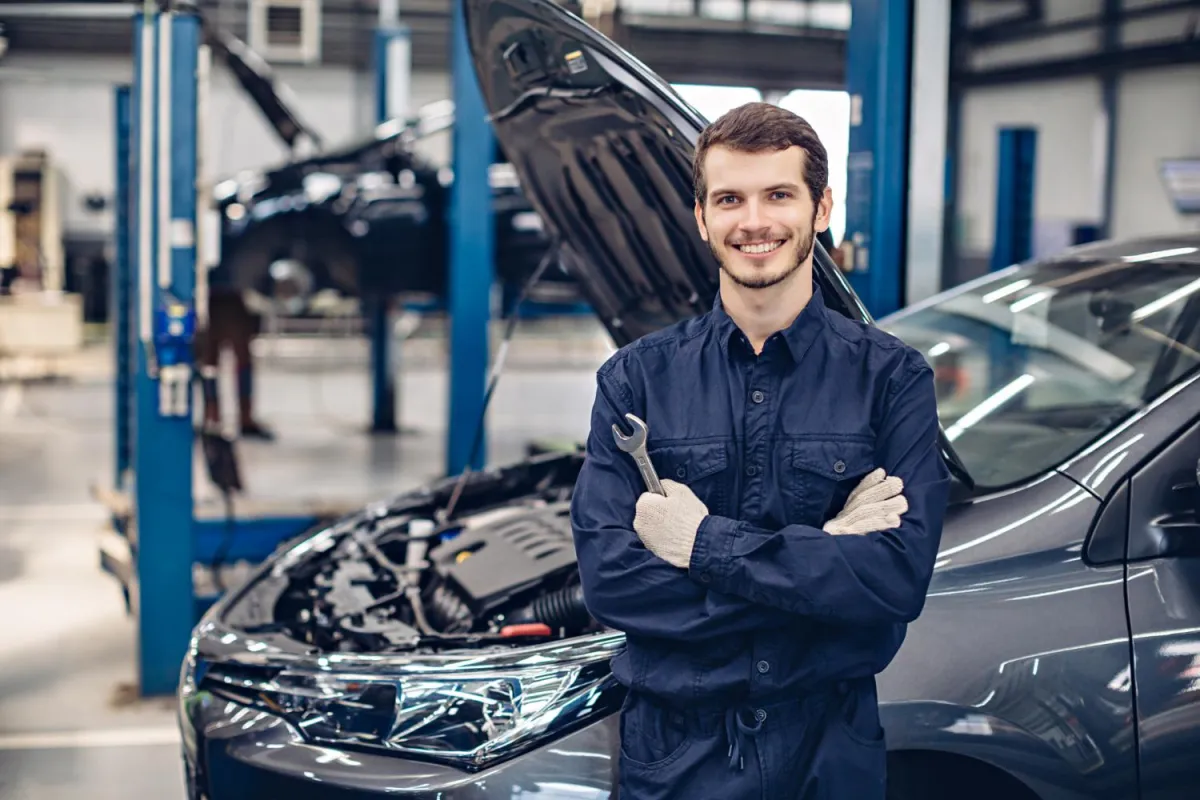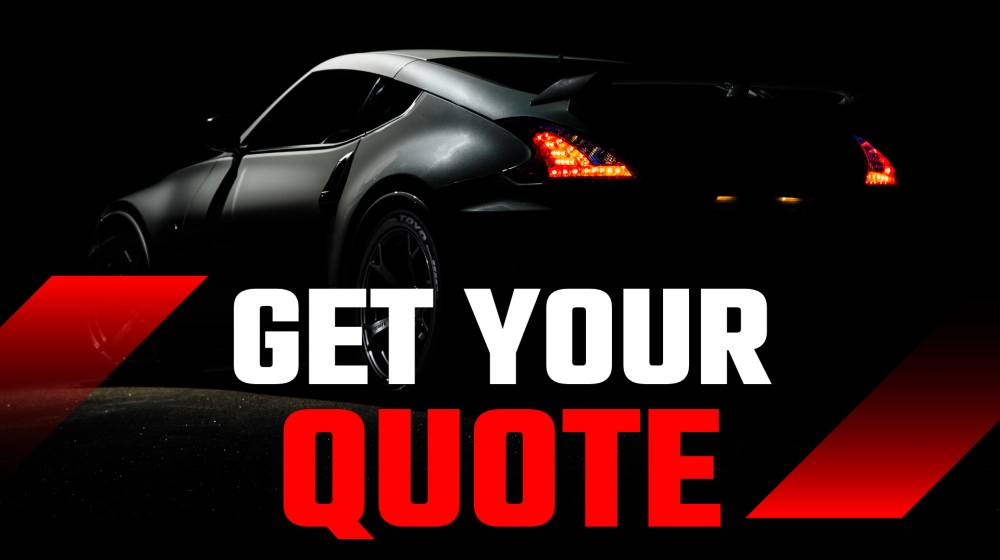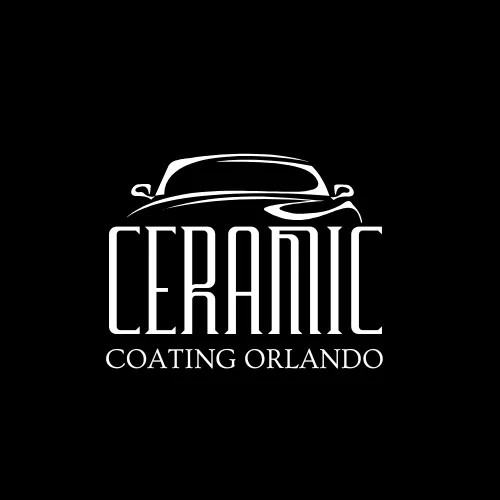Standard Ceramic Coating: Enhancing Vehicle Protection and Shine
Standard ceramic coating has emerged as a revolutionary solution in the realm of surface protection for a variety of materials, especially in automotive applications. This innovative coating is a chemically engineered product that bonds with the surface at a molecular level, providing a durable shield that is resistant to a variety of environmental hazards. Unlike traditional wax or sealants that provide only temporary protection, ceramic coatings offer a more permanent solution that is both hydrophobic and resistant to UV rays, scratches, and chemicals.
Applying a standard ceramic coating involves a thorough cleaning and preparation of the surface to ensure proper bonding and effectiveness. The coating is then meticulously applied and allowed to cure, forming a transparent and resilient layer of protection. Post-application, minimal maintenance is required, largely revolving around gentle cleaning to preserve the coating's integrity. Notably, ceramic coatings do not negate the need for regular cleaning but do enable easier maintenance and enhanced preservation of the underlying material.
Basics of Ceramic Coating
Ceramic coating is a chemical polymer solution that shields a vehicle's exterior from external paint damage. It is applied on top of cars' paint to protect their surface from different forms of contamination.
Definition and Composition
Ceramic coatings, or nano-ceramic coatings, are comprised of chemicals with silicon dioxide (SiO2) sourced from natural materials such as quartz and sand. Some formulations also include titanium dioxide (TiO2) to increase UV resistance. When combined, these substances create a clear, durable layer of protection when applied to a vehicle.
How It Works
Upon application, the ceramic coating chemically bonds with the vehicle's factory paint, creating a hydrophobic (water-repellent) layer. This layer is impermeable to chemicals, UV light, heat, and it has self-cleaning properties, meaning it repels water and dirt. The coating also offers a glossy finish, enhancing the vehicle's appearance while offering a hardened surface that can reduce the incidence of swirl marks and light scratches.
Benefits of Standard Ceramic Coating
Standard ceramic coating offers notable advantages, such as protective qualities against various elements, simplified maintenance, and enhancement of the vehicle's visual appeal.
Protection from Elements
Resistance to UV damage: Ceramic coatings provide a shield against harmful ultraviolet rays, which can cause oxidation and fading of the car paint.Chemical Protection: They create a barrier against acidic contaminants from the environment, reducing the risk of etching and staining on the vehicle's surface.
Ease of Cleaning
Hydrophobic Properties: The coating's surface repels water, so dirt and grime have difficulty sticking, making the cleaning process less labor-intensive.
Reduced Need for Frequent Washes: Vehicles with ceramic coatings remain clean for extended periods, diminishing the frequency of car washes required.
Enhanced Gloss and Aesthetics
Deep Gloss: The ceramic coating brings out a deep, reflective shine, amplifying the paint's clarity and gloss. Color Richness: It enhances the richness and depth of the car's color, contributing to a consistently new-looking finish.
Application Process
The application of standard ceramic coating is a meticulous process that involves a series of steps to ensure the longevity and effectiveness of the coating.
Surface Preparation
Surface preparation is critical to achieving a strong bond between the ceramic coating and the substrate. The surface must be cleaned thoroughly to remove any contaminants. For best results, it should be:
Washed with a high-quality degreaserClay barred to eliminate embedded debrisWiped down with an isopropyl alcohol (IPA) solution to ensure no oils or residues remain
Applying the Coating
Once the surface is prepared, the application of the ceramic coating begins.
This step should be executed with precision:
Apply a few drops of the coating onto an applicator pad. Use the pad to spread the coating evenly in a crisscross pattern over a small section. Work in a well-lit, temperature-controlled environment to maintain the integrity of the coating as it is applied.
Curing Process
The curing process is vital for the coating to set and develop its protective properties.
This process requires:
Immediate curing: Allowing the coating to dry without disturbance for at least 24 hours.Full curing: The coating may take up to 7 days to fully cure, during which the vehicle should not be exposed to extreme conditions.
Maintenance of Ceramic Coatings
Maintaining a ceramic coating ensures its longevity and efficacy in protecting a vehicle's paint. Proper care involves regular washing and periodical top-up applications.
Regular Wash
Frequency: Owners should wash their coated vehicles every two weeks.
Method: Utilize the two-bucket wash method to minimize scratching:
Bucket 1: Soap and water. Bucket 2: Clean water for rinsing the mitt.
Drying: Use a high-quality, clean microfiber towel to avoid water spots and streaking.
Periodical Top Up
Interval: Apply a top-up product every 3-6 months to maintain the coating's hydrophobic properties.
Product Selection: Choose a top-up product compatible with the initial ceramic coating to ensure cohesion and effectiveness.
Durability and Longevity
Standard ceramic coatings offer a substantial upgrade in protection when compared to traditional automotive waxes.
They typically last between 1 to 5 years depending on the quality of the coating and the conditions to which a vehicle is regularly exposed.
Several factors influence their longevity:
Quality of the Coating: Higher-quality ceramics provide stronger bonds and better protection.
Maintenance: Regular washing and occasional top-up products can extend the life of the coating.
Environmental Factors: Sun exposure, acid rain, and salty environments can degrade the coating faster.
Surface Preparation: Proper prep work before application ensures maximum adherence and longevity.
Application Method: Professional application ensures even coverage and optimal bonding.
The use of nano-technology ensures a tight molecular bond, which translates to a longer-lasting shield against environmental contaminants like dirt, water, and ultraviolet radiation. It results in not only enhanced durability but also makes the surface significantly easier to clean.
While no ceramic coating is indestructible, careful maintenance and mindful application can lead to a resilient layer that maintains gloss and protection for several years. The effectiveness of a ceramic coating is often evident in its ability to repel water and contaminants, keeping a vehicle cleaner for longer periods.
Comparative Analysis
In automotive surface protection, the choice between ceramic coatings, wax, and sealants is pivotal. Each option offers distinct benefits and limitations.
Ceramic Coating vs Wax
Ceramic coatings offer a far longer-lasting solution compared to traditional car waxes. A standard ceramic coating might last 2-5 years, whereas wax typically requires reapplication every few months. Furthermore, ceramic coatings provide a much stronger chemical bond to paint, giving rise to enhanced protection against contaminants and minor scratches. Wax, on the other hand, is easier to apply and can offer a deeper gloss initially but falls short on durability and protection.
Longevity:
Ceramic Coating: 2-5 years
Wax: 3-4 months
Protection:
Ceramic Coating: High (scratch resistance, chemical resistance)
Wax: Low to moderate (limited protective properties)
Application:
Ceramic Coating: Professional application recommended
Wax: DIY-friendly
Ceramic Coating vs Sealants
Sealants, like ceramic coatings, are synthetic products but with
less durability. Sealants can last up to 6 months to a year. While they do bond well with the paint, ceramic coatings edge them out with superior bonding technology that translates into longer life and better resistance to the elements. Sealants are often easier to apply than ceramic coatings and also less costly, making them a popular choice for those looking for a balance between performance and budget.
Longevity:
Ceramic Coating: 2-5 years
Sealant: 6-12 months
Protection:
Ceramic Coating: Exceptionally high (hydrophobic properties, UV protection)
Sealant: Moderate to high (good hydrophobic properties)
Cost:
Ceramic Coating: Higher initial investment
Sealant: More budget-friendly
Frequently Asked Questions
This section addresses common inquiries future customers may have about standard ceramic coatings.
What are the benefits of applying a ceramic coating to a vehicle?
A ceramic coating offers a vehicle enhanced protection against various elements such as UV rays, chemical stains, and water spots, resulting in less need for frequent washes. It also provides a longer-lasting, high-gloss finish compared to traditional waxes.
How does professional ceramic coating compare with DIY solutions?
Professional ceramic coating application typically involves a more complex process using high-grade products, resulting in a more durable, strengthened layer of protection. DIY kits, while more affordable and user-friendly, may lack the longevity and effectiveness of a professional application.
How long does a typical ceramic coating last once applied?
A standard ceramic coating, when maintained properly, can last anywhere from two to five years. The longevity is influenced by factors such as the type of coating used, the environment it's exposed to, and how well it's maintained.
What factors influence the cost of professional ceramic coating services?
The cost of professional ceramic coating services varies based on several factors, including the size of the vehicle, the quality of materials used, preparatory work required, and the reputation of the service provider.
Can ceramic coatings be damaged and how can they be repaired?
Ceramic coatings can be damaged through abrasive cleaning techniques, automatic car washes, or chemical exposure. Minor imperfections might be remedied with a spot treatment, whereas significant damage may require a reapplied section or even a new coating.
What maintenance is required to preserve the effectiveness of a ceramic coating?
Regular maintenance for a ceramic coating includes gentle hand washing with pH-neutral car shampoo, periodic application of a silica-based spray sealant, and avoiding harsh chemicals or abrasive cleaning methods to maintain its hydrophobic properties and shine.


TESTIMONIALS
Wow! So happy with how my car looks after getting the ceramic coating! The people there really knew their stuff and helped me out. They took their time and made sure everything was done right. Now, my car shines like crazy and feels protected. Totally recommend them!
Michael D. (verified customer)
Super impressed with the ceramic coating service! My car looks amazing and shiny. The team was really nice and made the whole process easy. Now, I feel like my car is ready to take on anything. Definitely coming back!
Brian W. (verified customer)
Get In Touch



Facebook